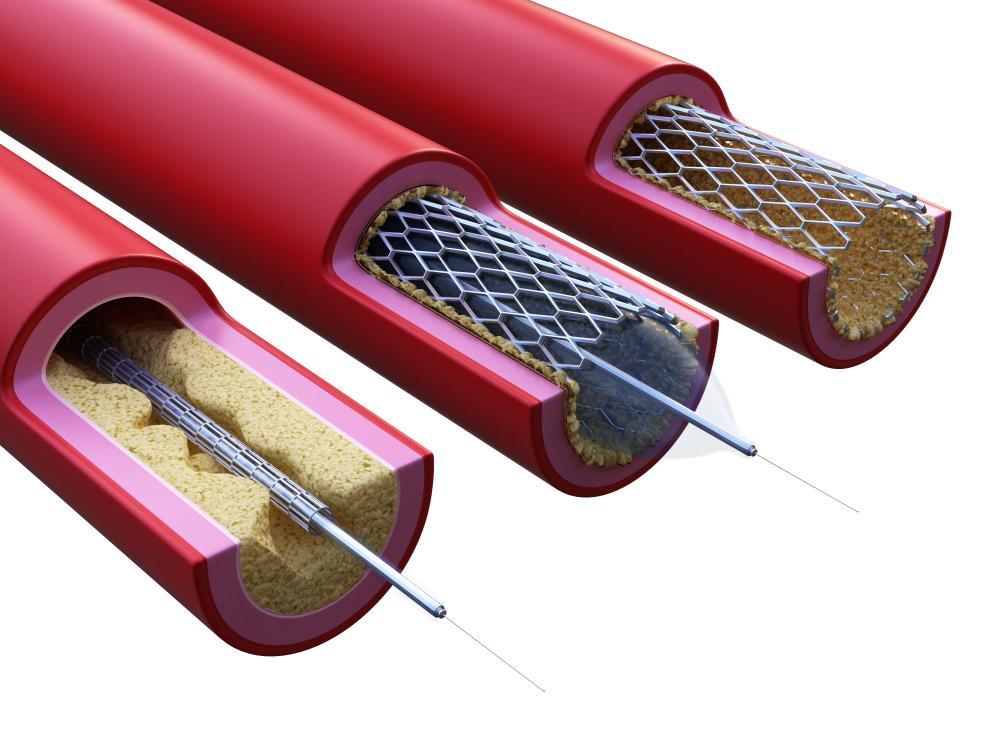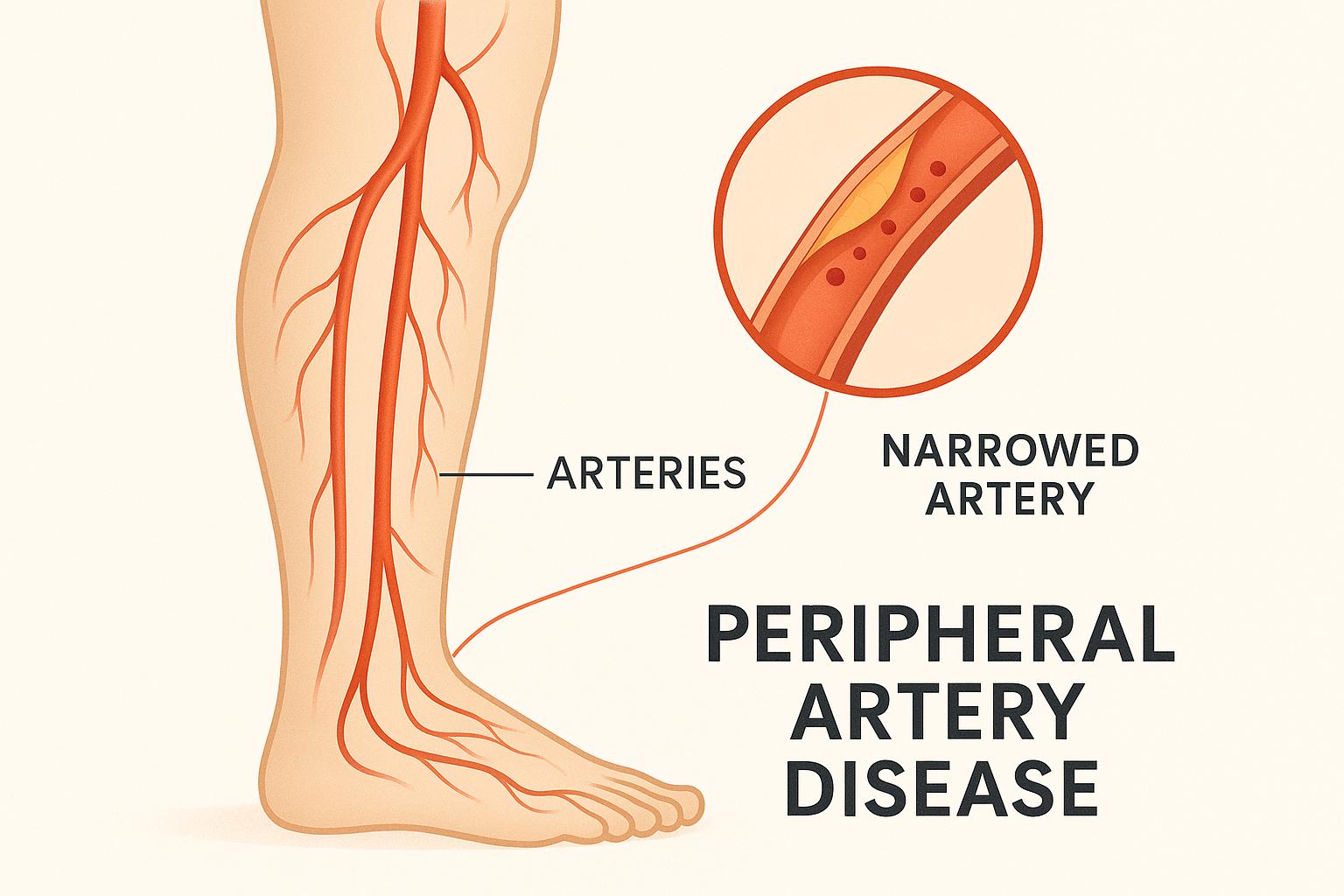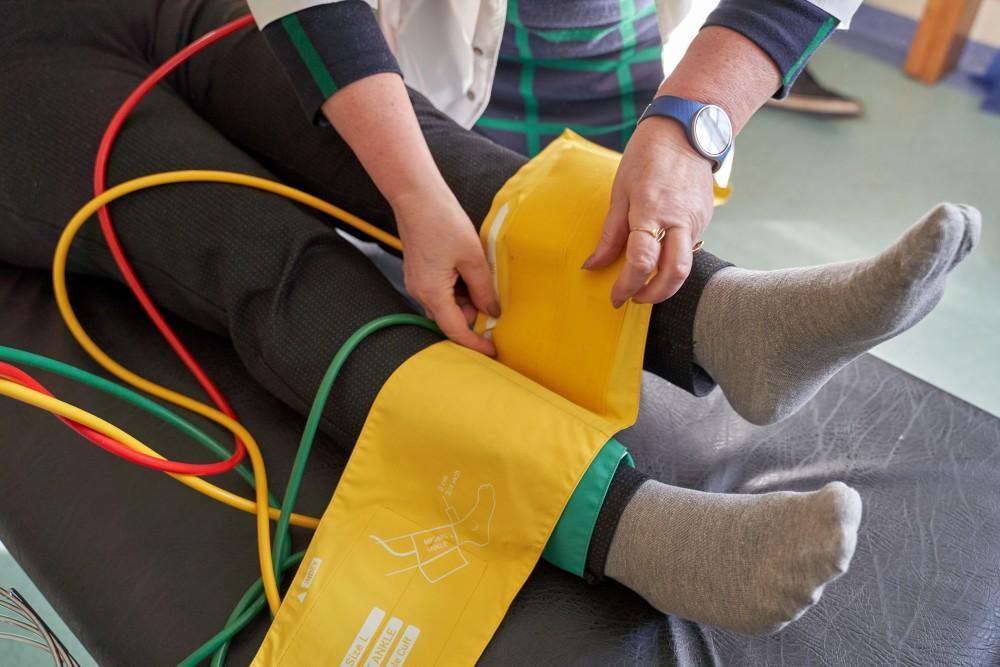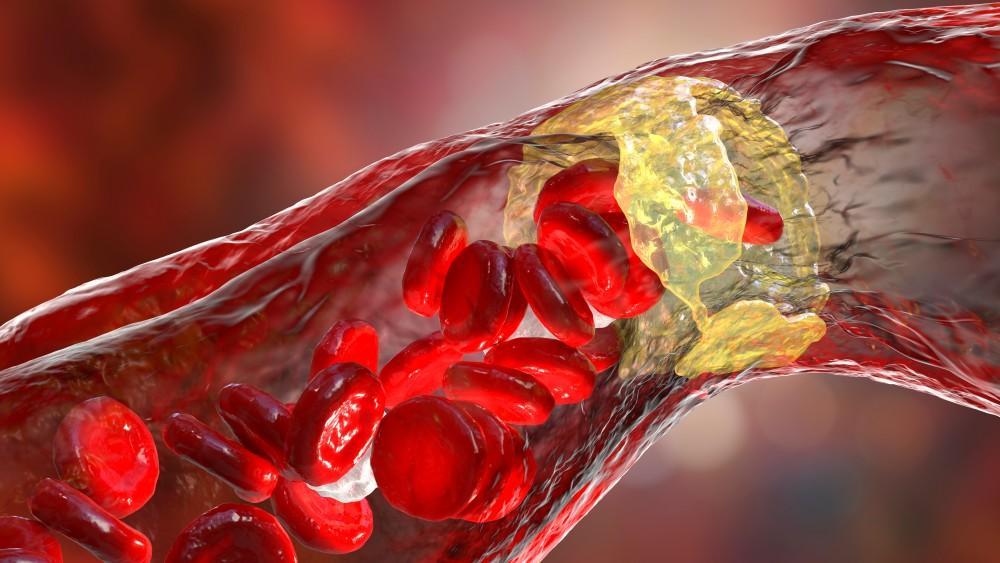Discussions of arterial disease may make you think about heart health. Though there’s never a bad time to consider the effects of lifestyle and disease on the heart, the rest of your circulatory system can suffer, too. Over eight million people in the United States have a condition called peripheral arterial disease (PAD), a buildup of plaque in the arteries of your limbs. Although PAD can occur in any artery, it’s more common in legs than arms, often causing pain while walking.
PAD – an early warning sign?
The accumulation of fatty deposits in your arteries, called atherosclerosis, can impede blood flow and seriously compromise your health. PAD refers to a collection of effects caused by atherosclerosis in your legs or arms. When PAD is present, it’s also likely that you have fatty deposits elsewhere in your body. Symptoms of PAD may be your first tangible warning that you’re affected by atherosclerosis.
Symptoms of PAD
You can have plaque buildup in your arteries without any signs. With PAD, the principal complaint is leg pain when you’re walking, medically called claudication. Usually, an activity such as walking causes muscle discomfort and cramping during the activity, which then eases as you stop. Where you experience claudication depends on the location of the artery blockage. Most people feel pain in their calves.
Other symptoms include:
- Numbness or weakness in your legs
- Coldness in leg or foot, usually more pronounced on one side
- Slow-healing sores on legs and feet
- Changes to hair growth on feet and legs
- Shiny skin on your shins
- Weak or no pulse in your legs and feet
- Color changes in your legs
- Erectile dysfunction
Risk factors for PAD
There are factors other than atherosclerosis that cause PAD such as radiation exposure, blood vessel inflammation, and injury, but these are less common. Factors that raise the risk of atherosclerosis also increase your chances for developing PAD. Some of these factors are:
- Tobacco use
- Age 60 and older
- High cholesterol
- High blood pressure
- Diabetes
- High body mass index
- Family history of heart disease and stroke
Treatment of PAD with Balloon Angioplasty
Once PAD is confirmed, treatments include medication and lifestyle changes. When these aren’t enough on their own, a surgical procedure called balloon angioplasty may be effective. Balloon angioplasty gets right to the root of the causes of PAD.
During this procedure, Dr. Shah places a catheter in the affected artery. A tiny balloon at the catheter tip inflates when in location and breaks up the fatty deposits that cause blood flow restrictions. Your artery is then able to handle higher levels of blood flow. A mesh tube called a stent may also be placed during the balloon angioplasty to help keep the artery open.
The procedure takes between one and three hours. Typically, you’ll be sedated and given a local anesthetic. Hospital stays are generally less than 24 hours, and recovery is usually short. Depending on your condition, you may be prescribed drugs to prevent further buildup of plaque.
In extreme cases, PAD can lead to limb amputation, making balloon angioplasty an exciting breakthrough treatment that can dramatically improve the lives of those with the disease. Preventing amputation is a priority for Dr. Shah, so if you’re suffering symptoms of PAD, contact Prime Heart & Vascular today, by phone or online, to schedule your personal consultation.





